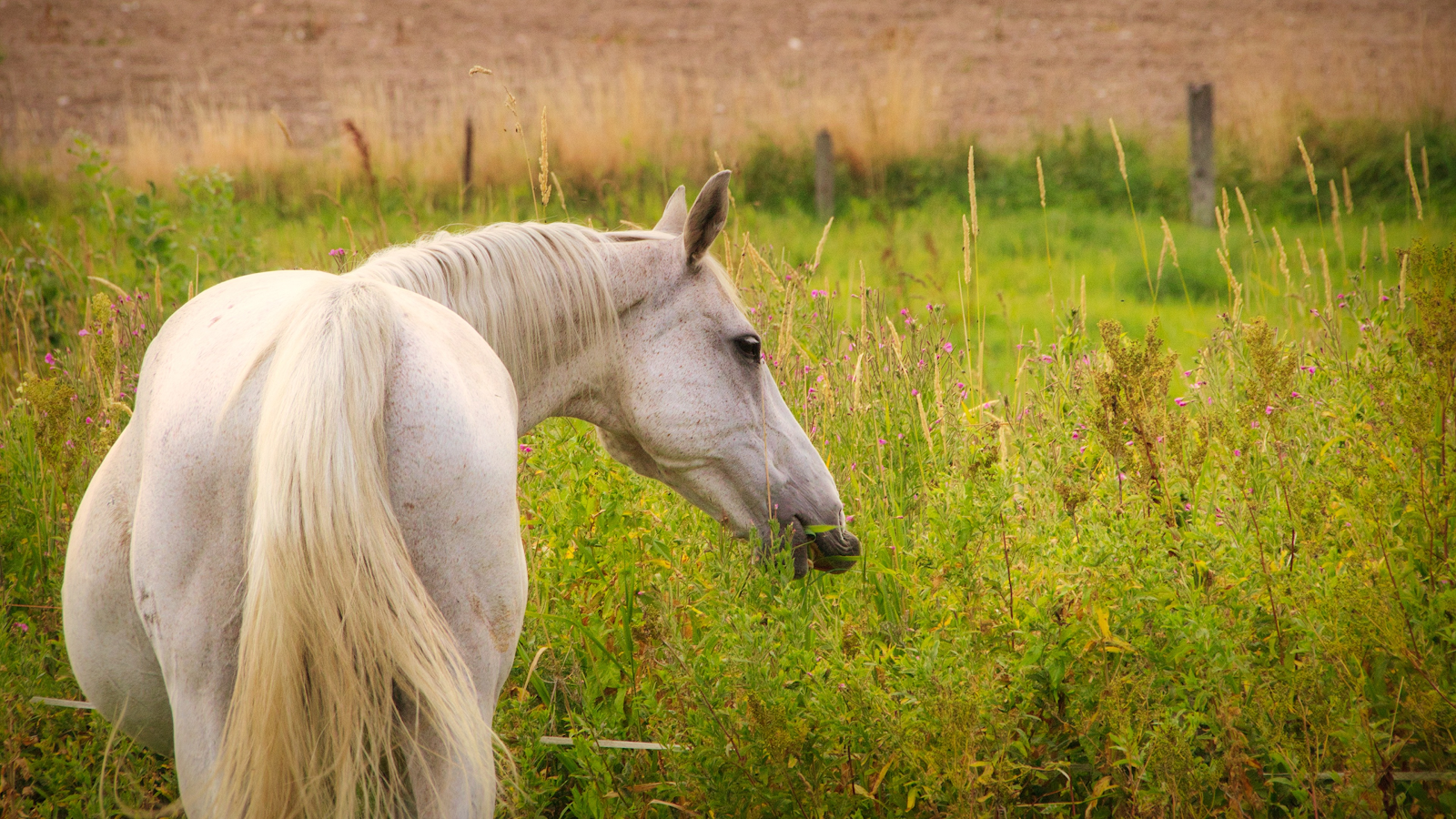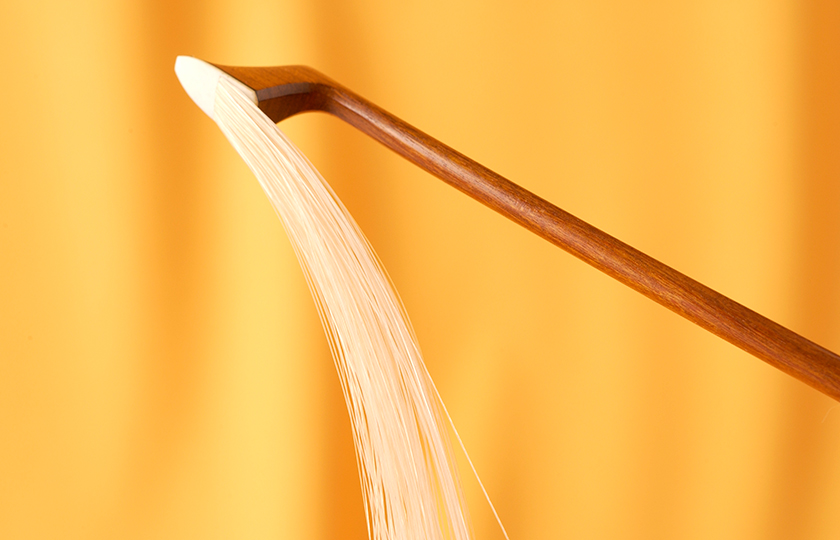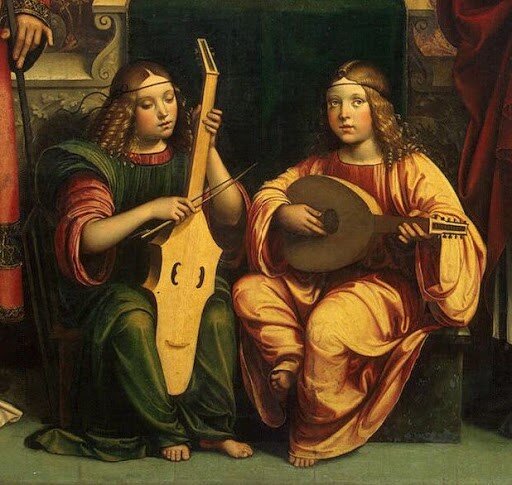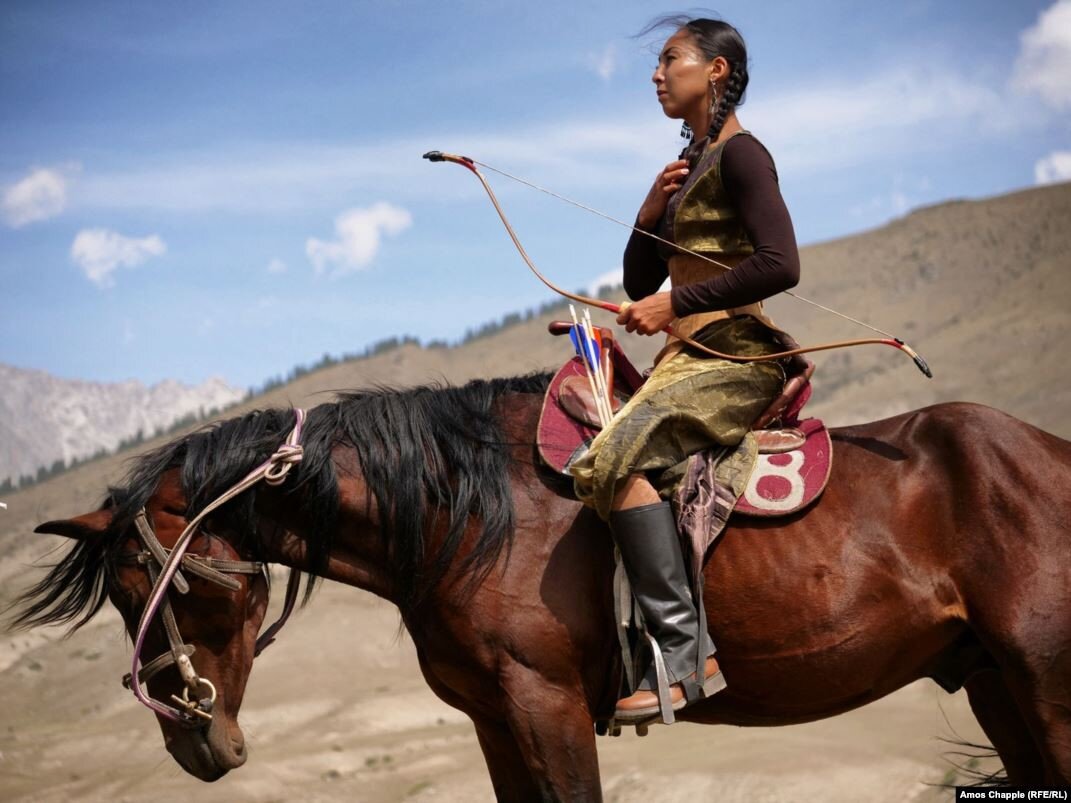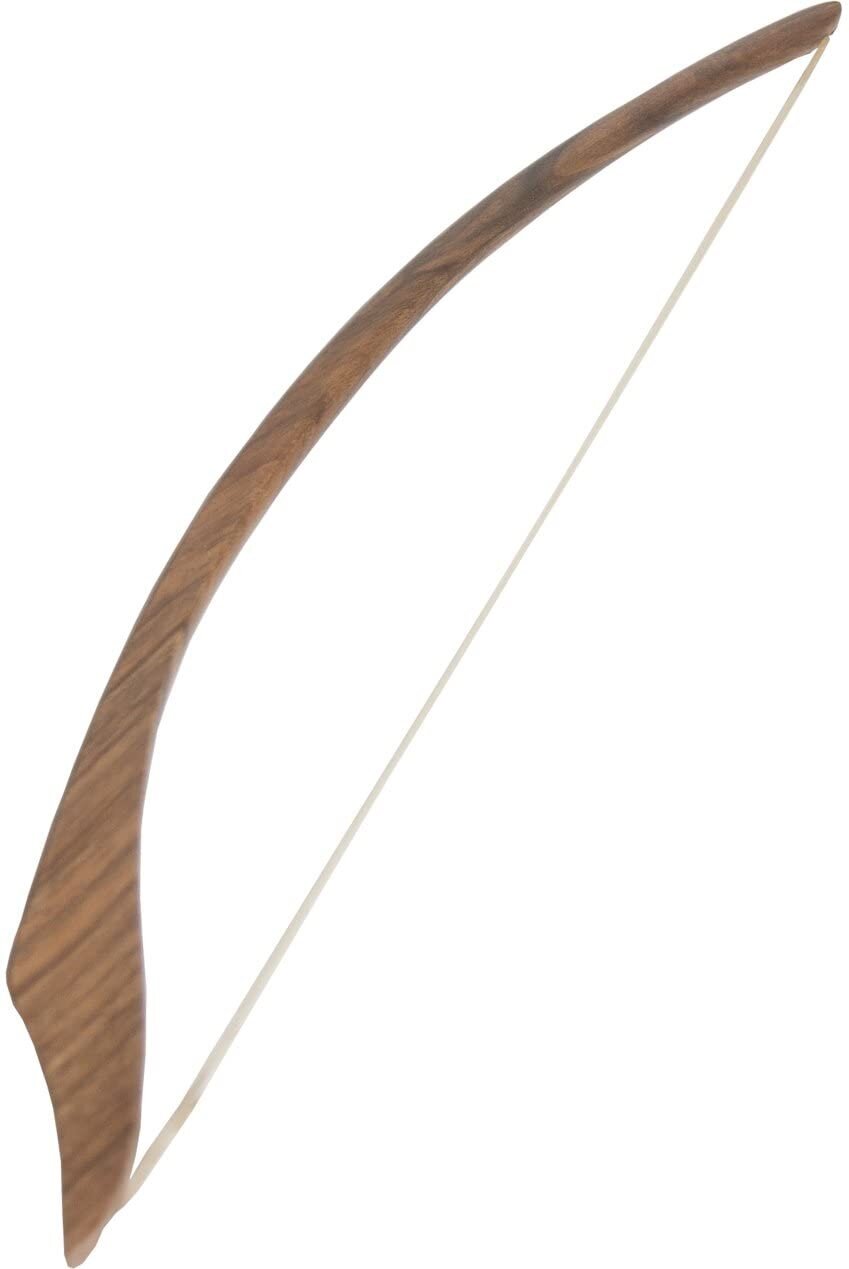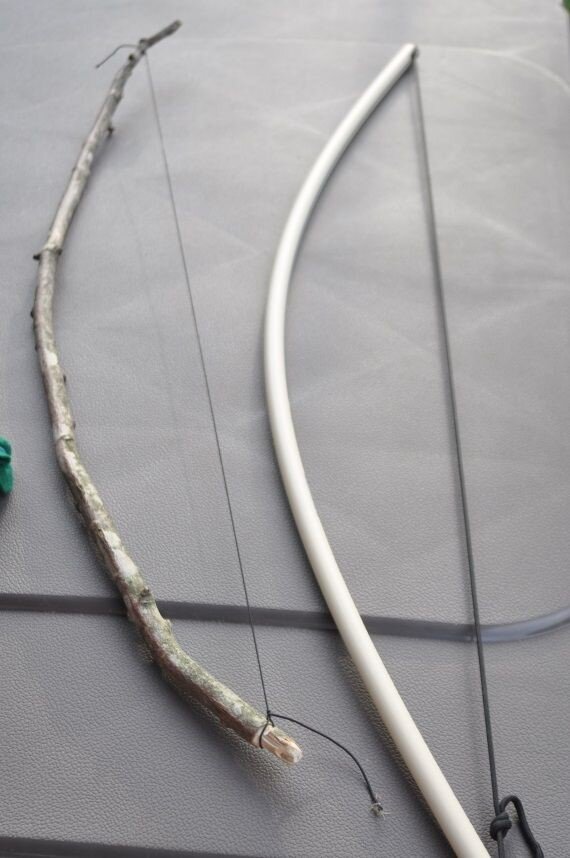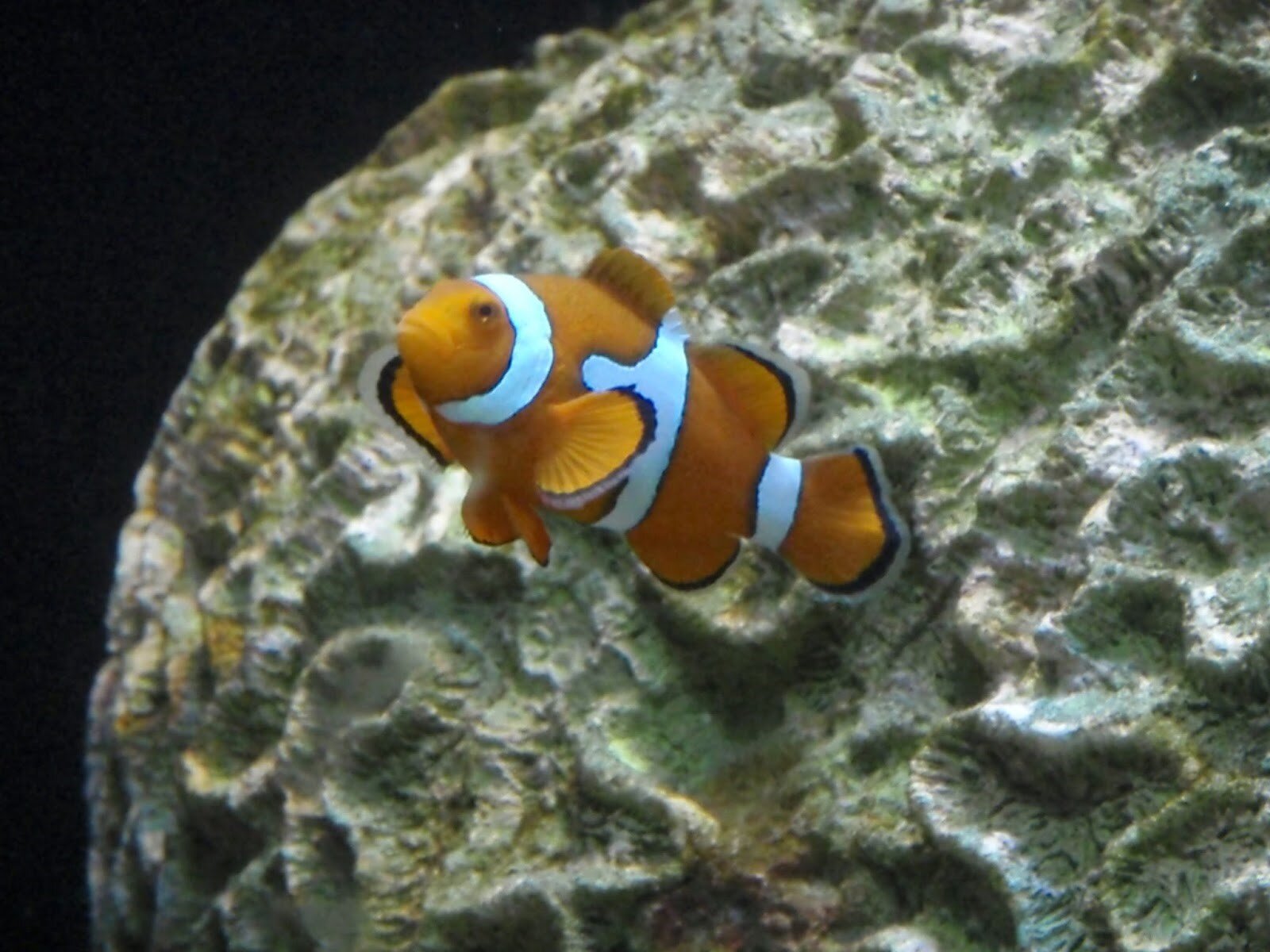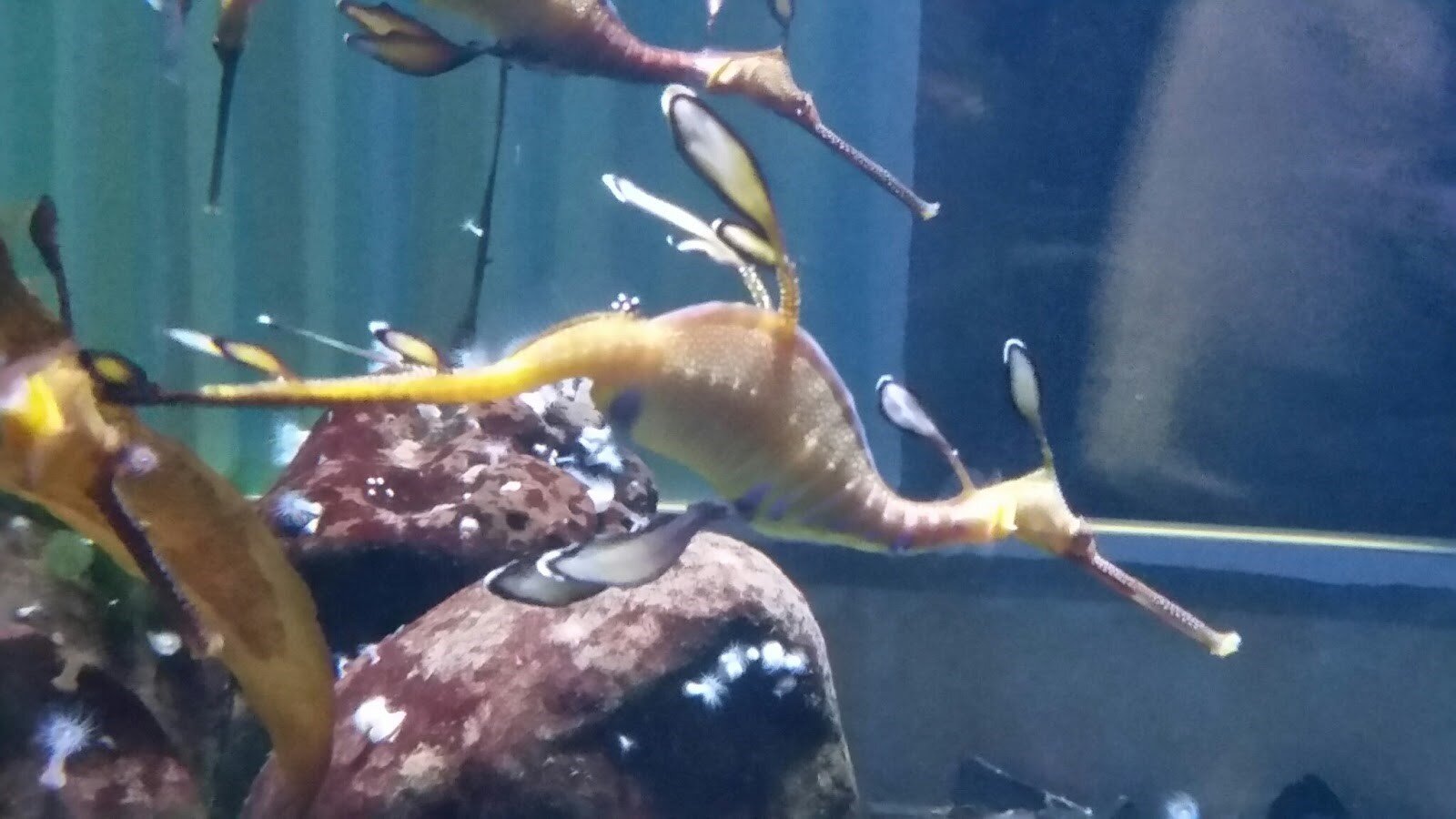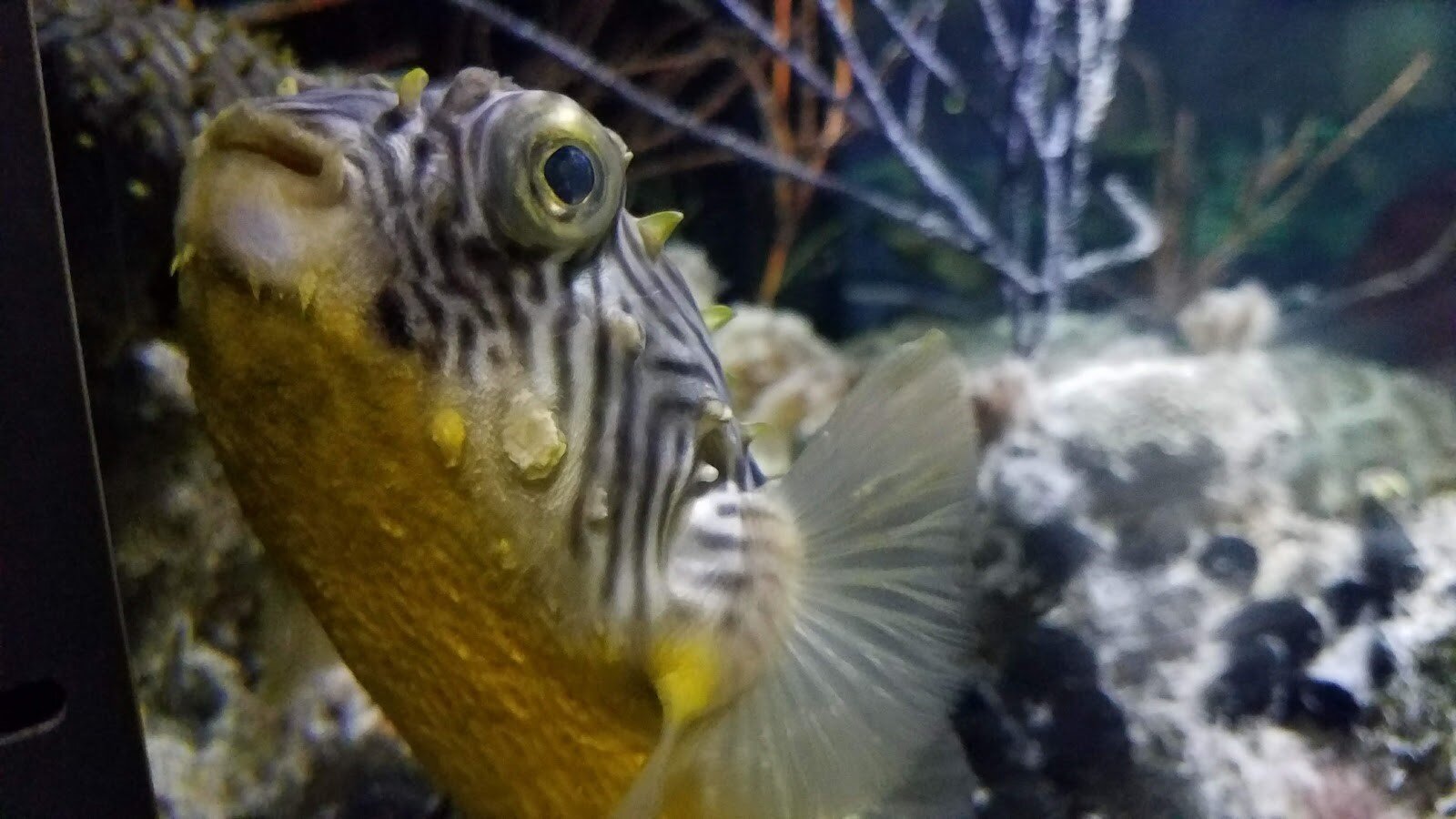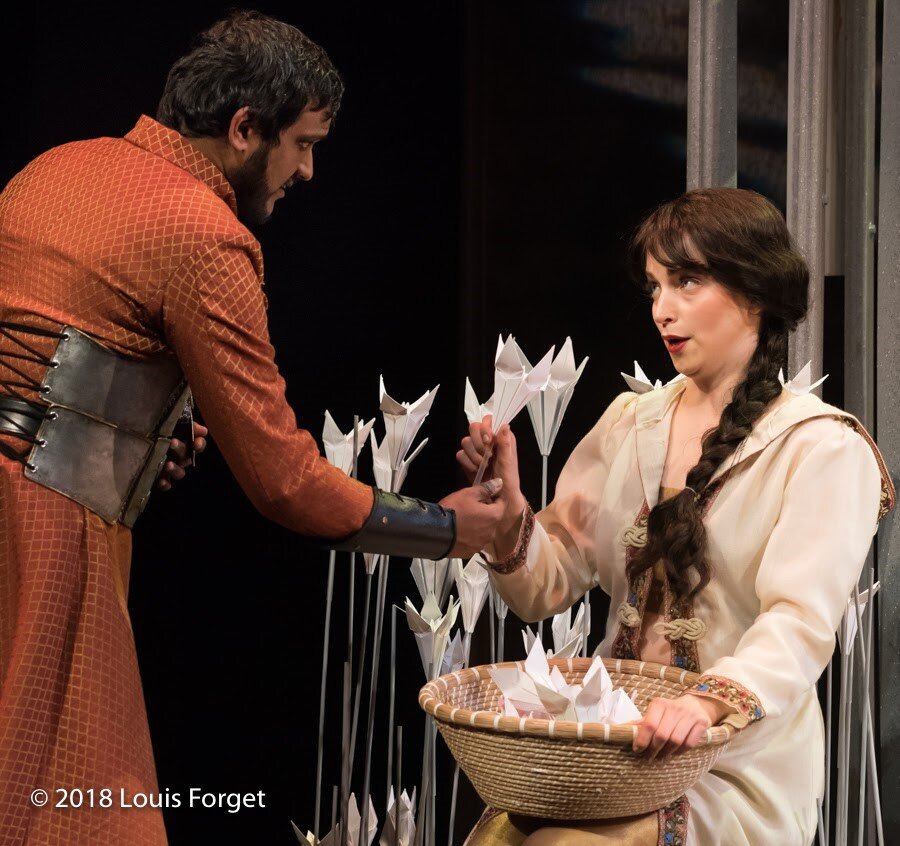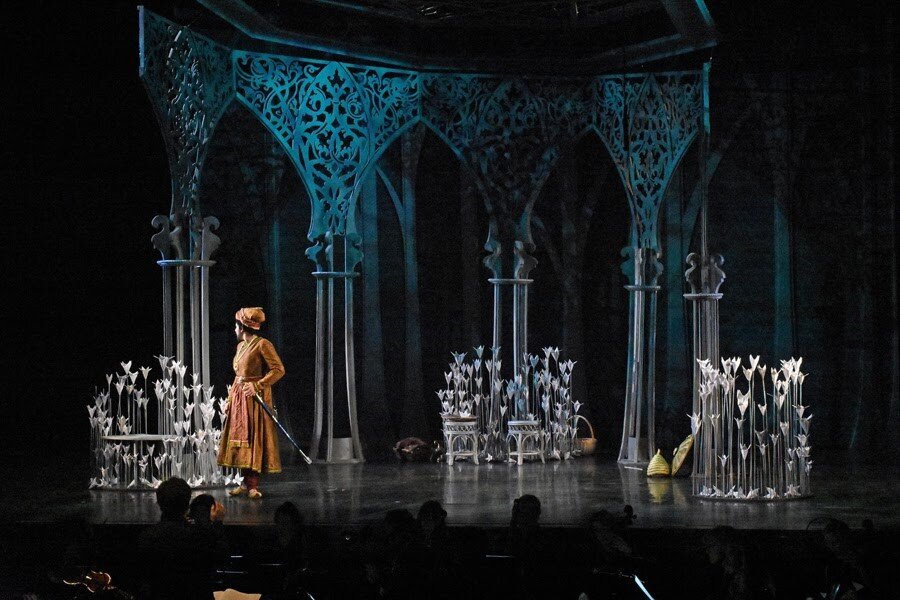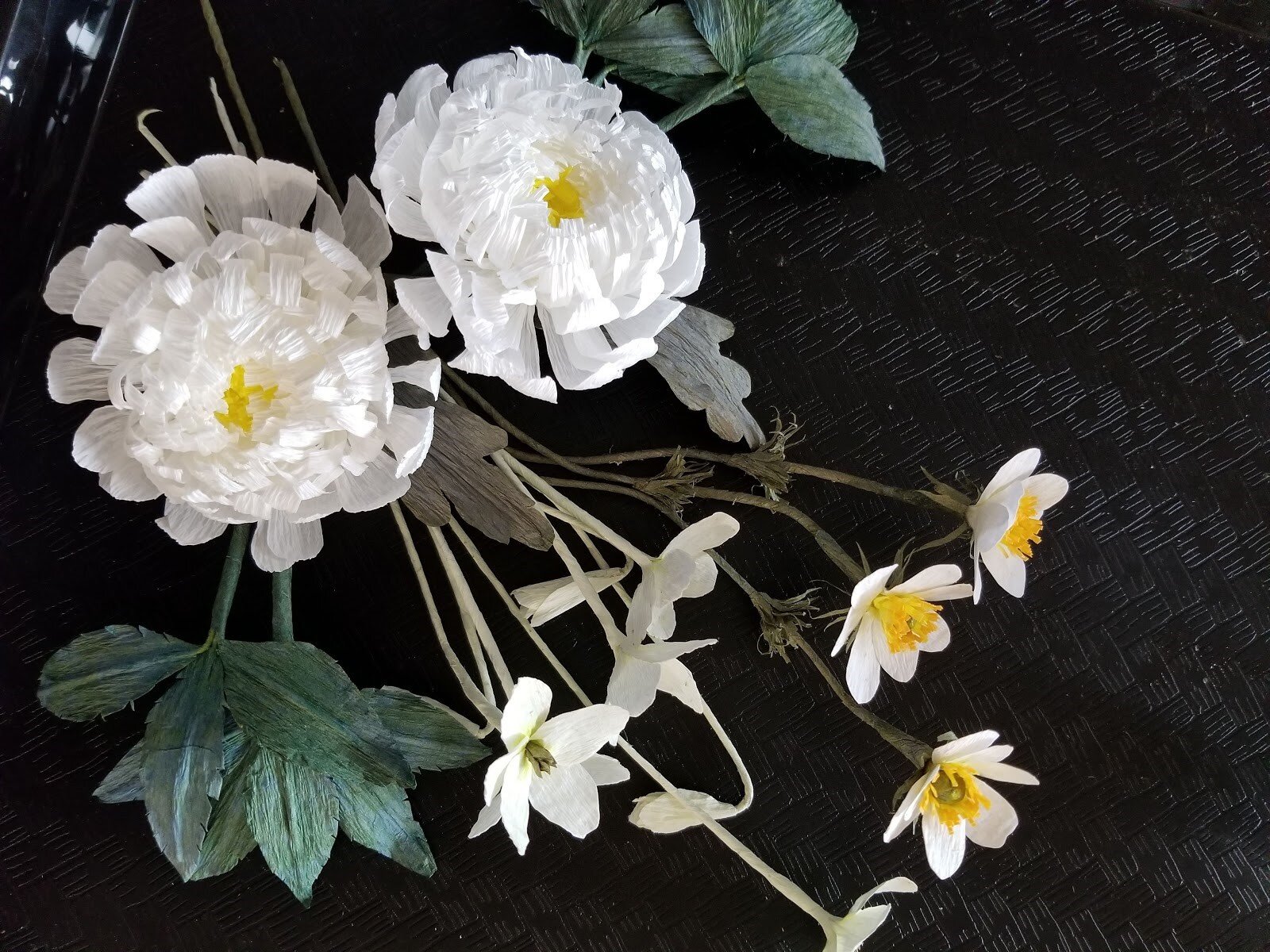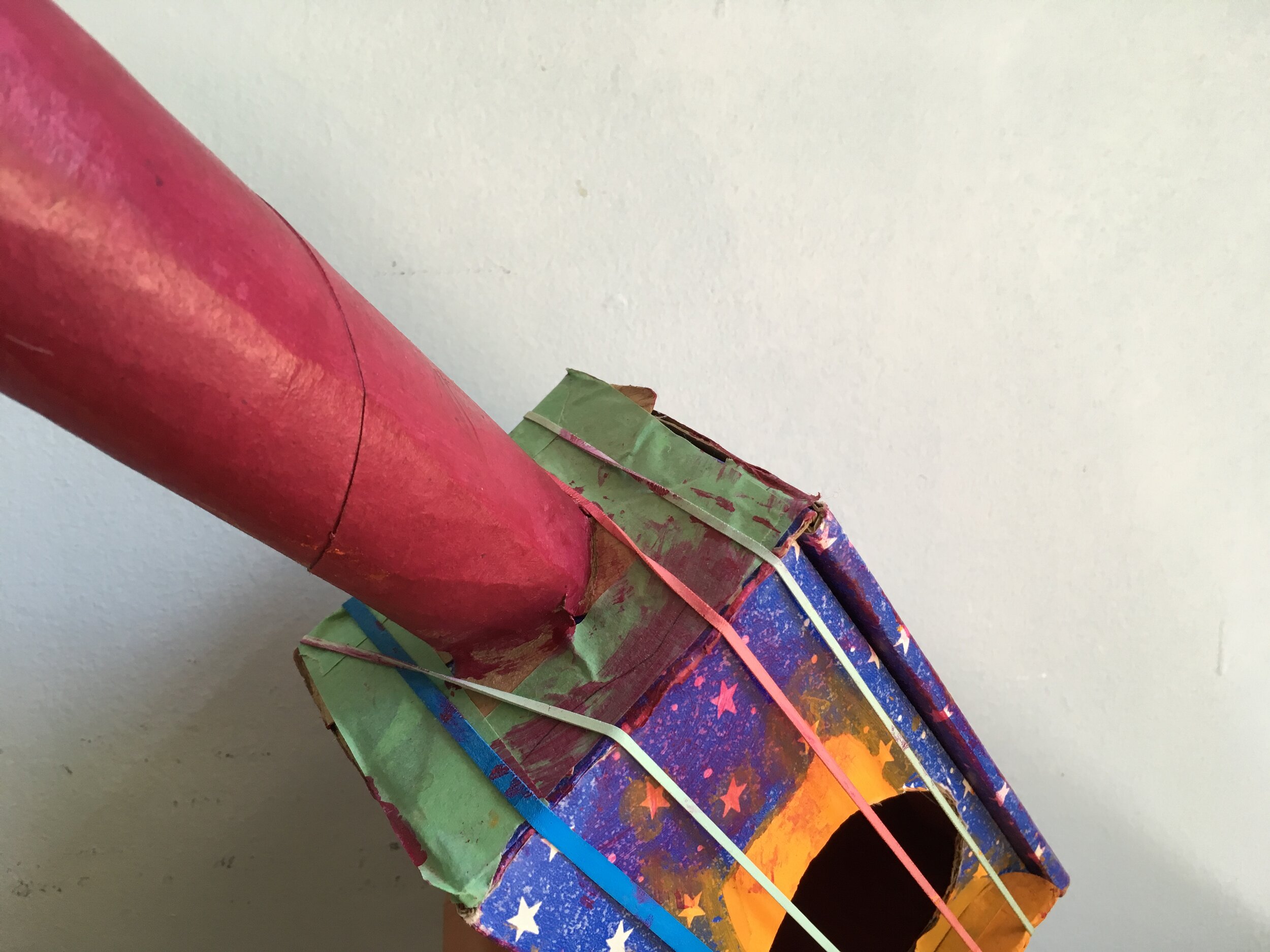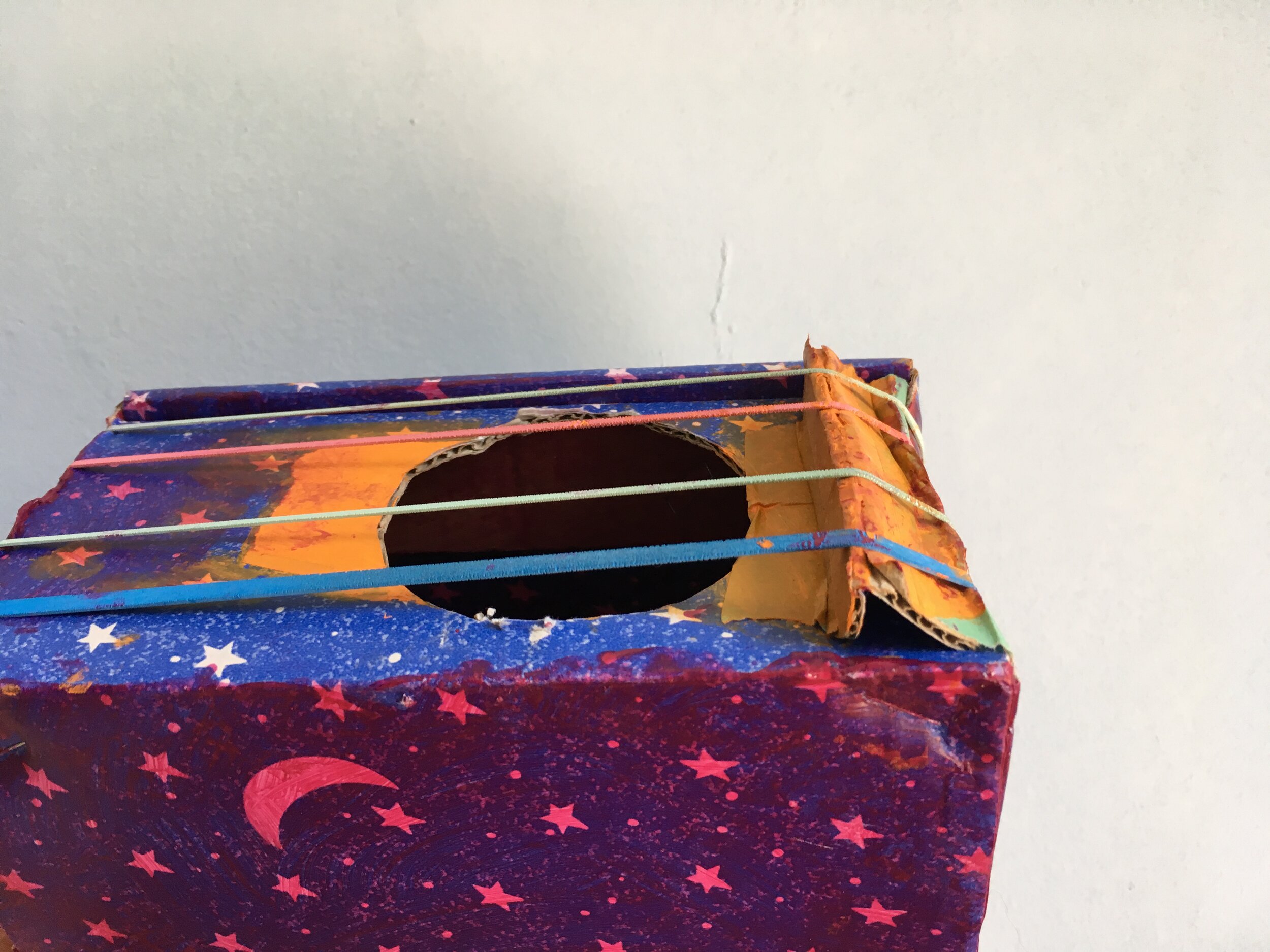At-Home Activities from SESSION 1 & 2
SESSION 2: JULY
PLAY ON! WEEK 3 (JULY 29)
This week, our focus was on the incredible capacity of the human voice! We met Ariana Douglas, heard her beautiful voice and learned some face games to warmup our own voices! We heard an aria from Daniel in the opera La Susanna and considered what it takes to speak truth to power. Here are some bonus videos about Ariana and new activities to keep you exploring through your week!
Ariana Douglas in La Susanna with Opera Lafayette and Heartbeat Opera in 2019:
Ariana Douglas and her story of becoming an opera star on PBS:
Stradella’s La Susanna on Spotify
SING AND ENUNCIATE - PATTER SONGS AND SPEEDY SOUNDS
In a “Patter song” each word of the song is sung on a different note and sung at a fast pace or what we call in music, tempo. It can sometimes be a tongue twister for a singer!
Here are some examples of patter songs and others where the singer really must move their mouth quickly to get the words out in rhythm with the music, much like Ariana demonstrated in her recital “Cosi va Turbe.”
Opera Starts with Oh! Patter & Speed Playlist:
A great way to warm-up for singing like this is with some tongue twisters. Try these!
“The lips, the teeth, the tip of the tongue”
“Red leather, yellow leather, red leather, yellow leather”
“Chester cheetah, Chester cheetah”
“Jolly jester, jolly jester, jolly jester”
“Irish wristwatch”
Or if you have an obsessive memorizer in the house, here is the first verse of “I am the very model of a modern major general” from Gilbert and Sullivan’s Pirates of Penzance (as featured on the playlist above).
I am the very model of a modern Major-General,
I've information vegetable, animal, and mineral,
I know the kings of England, and I quote the fights historical,
From Marathon to Waterloo, in order categorical;
I'm very well acquainted too with matters mathematical,
I understand equations, both the simple and quadratical,
About binomial theorem I'm teeming with a lot o' news---
With many cheerful facts about the square of the hypotenuse.
I'm very good at integral and differential calculus,
I know the scientific names of beings animalculous;
In short, in matters vegetable, animal, and mineral,
I am the very model of a modern Major-General.
ACT AND INSPIRE - INTERPRETING DANIEL FROM LA SUSANNA
The Daniele character in our production of La Susanna was inspired and influenced by so many young people who have stood up for good and had the courage to speak truth to power.
What do you notice about Ariana’s character Daniele in these pictures?
Who do you think the person on the platform is?
Who has more power in this moment of the story?
How is Ariana standing as Daniele?
Can you stand that way? How does it make you feel? What might she be saying to the judge on the platform?
CRAFT - SHARE WHAT MAKES YOU CARE
In the opera La Susanna, Daniele comes to Susanna’s defense at an otherwise unfair trial. The judges weren’t listening to Susanna at all or letting her share her story. Daniele really cares about justice and truth. She wants the people to listen and to really hear Susanna’s side of the story. She wants us to listen to women and to trust them. She sings passionately about these things.
What is something you care about enough to sing like that? Something you feel is really important for the world? Design a sign to share your views. The children here support Daniele’s opinions. You can use their signs as inspiration for your own ideas!
Thanks for joining us! This concludes our July session! We’ll be taking a break and starting our August sessions August 12!
PLAY ON! WEEK 2 (JULY 22)
This week, our focus was on instruments! We met Motomi Igarashi and got to know some of the many stringed instruments she plays, including a Viola da Gamba (more of its history) and a Lirone, among others. We played out our own story, accompanied by the Lirone! Here are some bonus videos of Motomi in concert and new activities to keep you exploring through your week!
Watch clips from the actual session here.
Does anyone recognize the theorbo player on the right? That’s Adam who came to class with us in June!
Motomi plays the violone in this performance of L’incoronazione de Poppea with Boston Baroque. Enjoy!
HORSES AND HISTORY - STRINGED INSTRUMENTS
Many of the instruments we see played in opera are associated with Europe, where Opera first flourished. But the stringed instruments we see today were inspired by instruments that were invented centuries earlier in other regions. Many historians believe that bowed instruments originated in the horse countries of Central Asia (present-day Mongolia, Kazakhstan, Kyrgyzstan and western China). Look at the pictures below and see if you can guess why!
The Rebab, from Central Asia, is one of the earliest bowed stringed instruments we can trace. It is now one of the national musical instruments of Afghanistan and has traveled and transformed in other countries around the world. Below is Dr. Rahmi Oruç Güvenç playing the Rebab. What similarities do you see to the Viola da Gamba? Or the Lirone?
MAKE YOUR OWN BOW
Notice the shape of the bows pictured below. Some are made for music and others for hunting. Try stringing up your own bow with a stick and some string. It will not play a violin, but you might find some other fun uses for it!
You might also consider drawing or carving some details or decorations into your bow. You can look at the carvings on a viola da gamba for inspiration. You might also make your designs on paper until you have the tools you need for instrument carving : )
If you are feeling wildly ambitious, or simply curious for more, here is a full tutorial for building a musical bow.
As always, send us pictures of your work!
DANCE
During the workshop, Motomi played a piece on the viol de gamba. It was counted in 3 beats, like a waltz. Here is a famous waltz from The Nutcracker, animated for the original Fantasia. Go ahead and dance along!
What other songs do you know that are counted in 3?
Here is short playlist of waltzes from operas and other that you can practice counting and dancing in 3s.
STORY AND NATURE
In our workshop, we played along to a story featuring fireflies. If you live near anything green, watch for fireflies at sunset.
See if you can catch some in a jar. Notice how they glow.
Try turning out the lights, and switching on a flashlight to make your own firefly dance.
Listen to the firefly dance below and send us a video of the dance you make!
Firefly, Carry Me Home From And Here We Are, shadow puppetry opera by American composer Matthew Welch:
Join us for next week when we take a closer look at the instrument of your voice! Register now before spots fill up. See you soon!
PLAY ON! WEEK 1 (JULY 15)
This week, our focus was on character and emotion! We heard Siobahn Sung perform Piangero from Giulio Cesare (or Julius Caesar) by Handel. We considered what it is to be a queen, and what it is to share your sorrows. Here are some of the materials we shared in our workshop and new ones to keep you exploring through your week!
MUSIC - CHARACTER & INTERPRETATION
Piangero is a much-loved song in the Baroque Opera repertoire. Many different singers have interpreted the music in their own way. Listen to these 3 versions as you imagine yourself the Queen of the Nile.
Natalie Dessay singing Piangero
Joyce DiDonato singing Piangero
Discussion Questions:
Mathieu Salama performing Piangero
What do you notice?
How are these performances different?
How are they alike? Do you recognize the same music?
Do they make you walk and move in different ways?
What expressions do you see or imagine on their faces?
What does this tell you about who they are? How they feel about themselves and the people to whom they are singing?
CRAFT - BUILDING PYRAMIDS
In the original opera, Piangero is sung by Cleopatra. Cleopatra was Greek, but she made Egypt her home and ruled there for many years. Egypt is very well known for the pyramids. You can build your own out of just about any material: Blocks, legos, sugar cubes, toothpicks and glue, even apples! Cubed or whole! If there are enough people in your house, you could even make one with your bodies! What else can you find to build a pyramid?
As you work, you can listen to the rest of Giulio Cesare by Handel and imagine yourself in Ancient Egypt.
If you are super taken with Ancient Egypt, this website has a nice collection of More great activities for studying Ancient Egypt including pyramids, mummified apples, and even model Nile floodplains!
Or for a little chuckle, here’s Sesame Street: Burt and Ernie in a Pyramid .
SONG - CHARACTER & EXPRESSION
No matter who you are: queen, builder, or superhero, we all have feelings and we all experience sadness. Next time you are feeling sad, try turning it into a song. Maybe the song has words, or maybe not. Maybe you hum the song or whistle it or sing it outright, but however you do it, let the feeling you have inside ride the music right out of your body and into the world around you. Sharing a feeling helps to lighten it.
You can also listen to/watch these songs expressing sorrow and grief- sometimes hearing someone else sing it helps you feel less alone. Sometimes, by the end, you might instead feel more peaceful, lighter, or free!
Anthony Roth Costanzo singing; “Lascia ch’io pianga” | Rinaldo
Jessye Norman singing “When I am laid in earth” | Dido & Aeneas
Join us for next week when we take a closer look at Dance, Choreography & Staging. Register now before spots fill up. See you soon!
session 1: June
Play On! Week 5 (JULY 1)
NOTE FOR ADULTS
The interviews below with choreographer, Bintou Demble and director, Clement Cogitore may be most interesting to the adults for context about the production, the dance style, and the complications around Rameau’s original opera. But they are appropriate for all ages and we hope you will consider the questions raised here as you engage your children in conversation around this piece and others.
The original Rameau opera is from a westerner’s point of view that both exoticizes and objectifies other cultures. In this production, they have tried to break stereotypes and hierarchies often perpetuated in traditional opera by including another art form with a completely different point of view. In sharing this particular production, we hope to help build a generation of opera lovers who will embrace artistic endeavors and exchanges that leave the power of each culture in the hands of the people who created it.
REVIEW OF THIS WEEK’S MATERIALS
This week, our focus was on dance. We note how opera is a complete expression of the wide range of deep and full emotions we experience as humans, and how we can express the music of those feelings through dance. Here are some of the materials we shared in our workshop and new ones to keep the games going through your week!
Les Indes Galantes produced by 3e Scene of the Opera National de Paris
Music for Danse du Grand Calumet de la Paix from Rameau’s Les Indes Galantes.
Interview with Clement Cogitore, director of the short film Les Indes Galantes. (Note: This may be most interesting to the adults, for context about the film, the complications around Rameau’s original opera, and the Krump dance style.)
DANCE WITH YOUR HANDS
In baroque dance (and also in Krump!) dancers use their hands a lot to express meaning and help tell the story. Here is an animated film where the dancing hands take this to the next level.
Who is singing?
Who is listening?
What props is he holding that help us know who he is?
What do Lakme’s hands become?
Can you make each of those animals with your own hands (snake, giraffe, cheetah, person, leaf, flames)
DANCE THE MUSIC
Here is another clip from the Paris Opera production of Rameau's Les Indes Galantes. Play "Viens Hymen" and see if you can dance along with the soloist. Then discuss the questions below.
How does this music feel to you?
What is the singer feeling in this song?
How is it different from the first clip we shared?
Who is the dancer? Do you think they are another character? A reflection of the singer's inner thoughts? Something else?
What kind of shoes is the dancer wearing?
What are they able to do with those shoes?
Can you try it too?
DRAWING DANCE
Baroque dances were sometimes noted in beautiful patterns, like the ones below. How would you perform the dances drawn here? Often these drawings are depicting floor patterns. Can you draw how your dancing moves through space? Dance a little, then try drawing what you have done. There is no right or wrong, just the fun of translating one form to another!
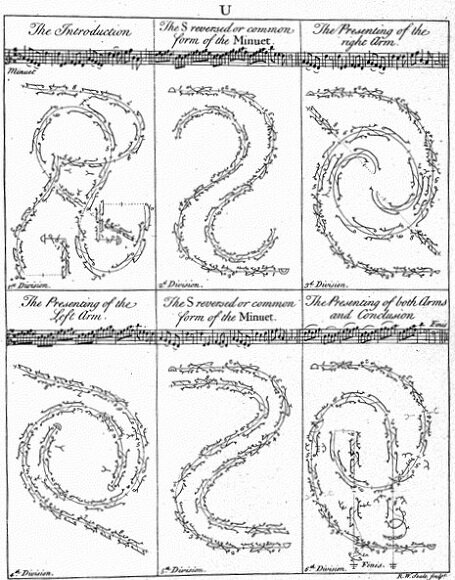
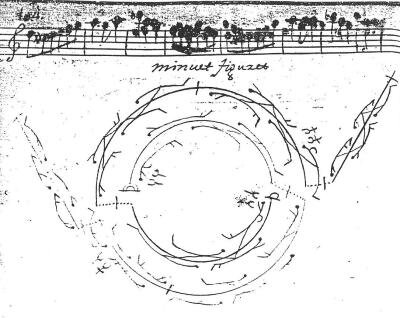

FILL THE SPACE
The style of dance we see in the Paris Opera House production originated in the streets of Oakland, CA. Here are some of the people who made this style of dance not only popular but world-renowned with their videos, which they made dancing on sidewalks in their neighborhood.
Watch Turf Fienz Dancers demonstrating Krump:
Where are they dancing?
Why are they dancing?
Is there anywhere outside that you can dance? Or any small piece of room that you can fill with your feet and arms and rhythm?
Next time you see an empty piece of space, see if you can fill it with movement!
Play On! RESOURCES FROM Week 4 (JUNE 24)
REVIEW OF THIS WEEK’S MATERIALS
This week, we met a real props master, Pam Weiner, and got to know how people use props for story-telling. Here are some of the materials we shared in our workshop and new ones to keep the games going through your week!
A podcast from the NEA where Pam Weiner and Becca Tuteur talk about work as Props Masters.
Orphie teaser video a production at the Kennedy Center featuring props by Pam
The music we used for our “underwater ballet” is called Air pour les Sylphes et Salamandres from Zelindor, Roi des Sylphes by Rebel.
PROPS & CRAFTS: BUILD YOUR OWN SEA CREATURES
Remember this incredible Squid prop that Pam built for Orphie and the Book of Heroes?
You can build your own sea creatures with supplies you find at home:
Egg carton sea creatures (egg cartons, pipe cleaners, glue, optional paint/markers)
Jellyfish (these instructions have a lot of supplies, but could be very open to alternate interpretations)
As always, we love to see your work! Send us what you make and we will share it on the Opera starts with Oh family page! Email ErsianFrancois@operalafayette.org.
MOVE & DANCE: UNDERWATER BALLET
Check out these underwater creatures, like the squid we saw at Pam’s! What does their shape tell you about how they might move?
Listen again to the “Underwater Ballet” and dance along as one of these animals, or any other you can imagine!
You can do the ballet again and again as a different creature every time, use any props you would like to be the other creatures in the sea with you
If you like, make a video of your dance and share it with your family this evening! See if they can guess what animal you are.
PROPS & CRAFTS: PAPER FLOWERS
Pam designed the beautiful paper flowers in Opera Lafayette’s production of Scarlatti’s Erminia and Enchanted Forest. Here they are onstage. How can you tell that they are props and not just part of the set?
She also builds really elaborate ones at home, like these:
You can build your own simple paper flowers too! Here are 15 paper flower designs with a variety of skill levels.
Listen to music as you work! We’ve heard the Orpheus and Eurydice interpreted as an opera in week 1, as a children’s play with Pam’s props today, and now here is a jazz interpretation of the Orpheus and Eurydice music: Ballet des ombres heureuses.
We always like to see your work, so send us pictures of what you make! (ErsianFrancois@operalafayette.org)
PLAY ON! RESOURCES FROM Week 3 (JUNE 17)
REVIEW OF THIS WEEK’S MATERIALS
This week we met bass-baritone and composer Jonathan Woody who sang an aria from Rameau and taught us about making music with our voices. Here are some of the materials we shared in our workshop and new ones to keep the games going through your week!
Servez mes feux a votre tour from Aquilon et Orithie by Rameau, the aria sung by Jonathan (though here by someone else):
More music featuring Jonathan Woody
SING LIKE THE BIRDS
Humans aren’t the only animals who sing! In this short film you’ll see lots of others join the chorus!
Since families have been staying at home more recently, some people have noticed that they are hearing more birds. Can you hear any birds where you live? Listen closely. If they are hard to hear where you are, you can also listen to these birds.
What do you think they are saying?
Do they sound different in the morning than at night?
See if you can imitate their song. Do they sing high? low? Fast? Slow? Do they repeat themselves? They are musicians just like you!
Now make up your own bird songs to say “good morning!” “I’m hungry.” “Thank you!” or anything else you feel!
SING YOUR FEELINGS
Jonathan showed how to sing the same melody with different emotions. Notice the next time you have a strong feeling- can you turn it into a song? You can practice by imagining different feelings and making up songs for them. They can have words or not, as you wish!
Sad
Joyous
Angry
Curious
Confused
Excited
Scared
Loving
The movie Inside Out also embodies our different emotions, if you want to keep exploring this as a family.
PERFORM
Make an Audience: Gather any stuffed animals, dolls, or puppets you have in the house and arrange them in a semicircle around you. If you don’t have any, you can draw some faces on paper and tape them to the wall or tape some eyes onto some pillows and arrange them on the couch.
Make a Stage: If you have a stool or low table that you can use for a platform or stage, bring it in front of the newly gathered audience. If you don’t have a platform, you can make a circle with a long piece of ribbon or string or rope or painters’ tape. Step into the circle and you’re on stage!
Sing!: Imagine you are in a big beautiful theater with an audience of adoring fans. Perform your own aria for them! Sing about your day, your feelings, your hopes and dreams! Sing like a bird, a frog, a shooting star!
DANCE
In our workshop, Jonathan talked about turning his voice into a storm in the Rameau aria. Here is a video of dancers turning their bodies into a storm in another Rameau piece performed at the Opera Garnier in Paris.
Watch: Rameau, Bouffe Platee Ballet
What kind of animals were climbing down the risers behind the dancers in blue?
How does a frog feel in a storm? Can you be a frog in the storm?
Did you notice the slow-motion section? Now you try a slow-motion storm!
Here is Rameau’s Platee Storm as audio only so you can listen and make your own dance.
LISTEN & DRAW
Get out a big piece of paper and something to draw with.
Listen to The Storm from Barber of Seville. You can also watch a video of it with rain and storm images for inspiration. Draw what you see and feel as you listen.
(Optional for Movers) On first listen, move however it makes you feel. Perform this dance for or with each other. Then draw the dance you just did while listening again.
Share your drawing with an adult.
*Adults: Remember there is no right / wrong, no good / bad drawing at this stage. Start by asking the child to tell you about what they’ve drawn- you might be surprised by what you hear! Follow up with specific questions and observations (oh! A boat! I see. How does the boat move? Is there anyone on the boat? Are they in the ocean/lake/stream/other? What’s in the water? Your questions can help the child engage more deeply with their own work, they may even decide to add some details after! Bravo!
Take a picture and send it to Ersian! ( ErsianFrancois@operalafayette.org)
READING
Opera Cat By Tess Weaver, Andrea Wesson
BONUS WATCH
PLAY ON! RESOURCES FROM Week 2 (JUNE 10)
REVIEW OF THIS WEEK’S MATERIALS:
This week, we met Adam Cockerham and got to see and hear him play a lute, a theorbo, and a guitar!
Here are some of the materials we shared in our workshop and new ones to keep the games going through your week!
BUILD YOUR OWN STRINGED INSTRUMENT
Build your own guitar/lute/banjo/theorbo with a box and rubber bands! Here is one by Emma and Ellis:
As you work, you might listen to some lute or banjo music below!
Find a sturdy box (thick walls are great, any shape or size)
With an adult, cut a hole in the front side of the box
With the extra cardboard, cut a small rectangle to use as the “bridge” for your strings and tape this down at the base of the hole.
Optional: Add a neck (paper towel rolls or paintsticks or rulers are all great)
Optional: paint it! But you’ll need to let it dry before you can play it...
Wrap some rubber bands around the box so they go across the hole
Tune by stretching or loosening the tension.
There are lots of other ways to do it, check out some variations, depending on your supplies:
Remember, there is no right way! If you’re having a good time, you’re doing great! If it makes music in the end, even better.
Send us pictures of what you make! We are minimizing our Instagram posts during this urgent time of organizing for freedom. But you can email your pictures to ErsianFrancois@operalafayette.org and we will post them to our Opera Starts with Oh family page!
LISTENING FOR VARIATIONS
Watch and listen to each of these variations on the same piece of music. Go ahead and dance to them if you feel moved.
For Lute
For Guitar
For Baroque Guitar
For Ensemble Theorbo
Discussion Questions
What do you notice?
How are they different?
Do they make you dance in different ways?
Can you recognize the same melody in each?
Can you imagine a story for this music?
CONDUCT AN ORCHESTRA ONLINE
Here’s an interactive online game for kids to learn more about a classical orchestra:
After you’ve played the online game, and learned a bit about how conducting works, get a chopstick or pencil to use as a baton. Practice conducting these orchestras [link to music]
WATCH
This group of performers surprised people walking in the shopping area with an open-air opera performance!
Discussion Questions:
What instruments do you see?
Are the musicians sitting or standing?
What instruments can you carry and play at the same time? Can you think of any instruments you have to play sitting down?
If you could play music anywhere, where would you like to play?
VIEW: INSTRUMENTS IN ART
The Met had an exhibit of lutes and paintings featuring lutes. If you want to take a closer look at that instrument, you can see some of that exhibit here: The Lute.
PLAY ON! RESOURCES FROM Week 1 (JUNE 3)
REVIEW OF THIS WEEK’S MATERIALS:
This week, we explored story and character. Here are some of the materials we shared in our workshop and new ones to keep the games going through your week!
Orpheus and Eurydice at the Glyndebourne Music Festival
Story of Orpheus and Eurydice for kids:
Opera Lafayette Orfeo audio recording of Orphée et Eurydice
Recommended Reading: Orpheus and Eurydice as told by The Barefoot Book of Opera Stories (Amazon) or available on Audible - FREE with 30-day Audible Trial!
STORY & DESIGN ACTIVITY TO DO AT-HOME
Watch Opera Imaginaire, La Traviata: a claymation short story inspired by the music, not based on the original:
Discuss the Story:
Who are the characters?
Where are they?
If you were frosting, how would you walk? How would you dance?
Where are the colorful rainbow frostings going?
Is there a problem on the way? / How do the white frostings react to the arrival of the rainbow frostings?
How do they solve the problem? / What do they do to the cake in the end?
(What kind of cake do you like?)
Draw:
Imagine a white piece of paper is a cake, show me how you would decorate it with your own rainbow frosting drawings. Play La Traviata-Act 11 Noi siamo zingarella (below) while they draw/you draw together.
Use any coloring utensils you like.
Remember there is no right answer, no perfect product. This is an opportunity for your child to be in charge. You may participate along the way, or by doing your own drawing, but think of yourself as the assistant to a baffling genius, rather than the supervisor to an underling. : )
Send a photo of your drawing to ErsianFrancois@operalafayette.org or post and tag @operalafayette #OperaStartsWithOh #traviatacolors
CRAFT
Make paper flower crowns and use them in the performance activity below.
PERFORMANCE ACTIVITY
Watch Orpheus and Eurydice, The Dance of the Blessed Spirits as choreographed by Pina Bausch.
Discuss the Story:
Orpheus has just come through the scariest part of the underworld, traveling through flames and Furies to find his beloved Eurydice: How does fire move? If you were fire, how would you dance? Try this together!
Now he has entered the Elysian fields where he sees these beautiful spirits and looks among them in hopes of seeing Eurydice: How do you walk if you are afraid? If you are trying to be sneaky?
Act/Dance
Clear a little space around you. Take your shoes off or put on some dancing shoes.
Now listen to The Dance of the Blessed Spirits (below) and do your own dance. Imagine you are light as the air.
If you want to make a video, go for it! But sometimes it’s even more valuable to be a live audience!
OPERA STARTS WITH OH! IS A VIRTUAL PROGRAM PART OF
KNOW SOMEONE WHO WOULD LOVE THIS?
Send them this link and have them register for the next class or the full series!










